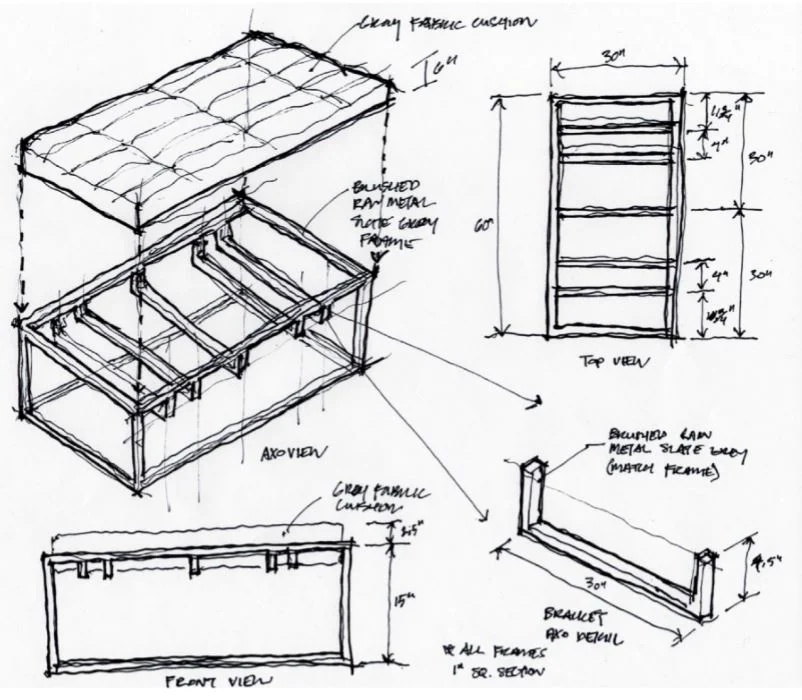Digital Patterning Optimizes Fabrication for Composite Products
Composite materials offer advantages in strength and stiffness while minimizing overall weight. In a recent review on the topic, the team at Performance Composites Inc., a full services composite product manufacturer in Southern California, also commented on the design and performance advantages of the material.
Composites are considered a designer's material, because the parts can be tailored to have strength and or stiffness in the directions and locations that are necessary by strategically placing materials and orienting fiber direction. Also, the design and manufacturing flexibility provides opportunities to consolidate parts and to incorporate many features into the part to further reduce the total price.
Because of these advantages, manufacturers in almost every industry segment are seeing a rapid rise in the use of composite materials. This is due in part to the fabrication cost benefits associated with the adoption of 3D design, digital patterning, automated cutting and piece labeling for mold insertion.
Manufacturing Process Improvement Reduce Costs
The high-level walk through of the process provided here helps illustrate the key advantages of transitioning to digital technologies for manufacturing of products made with composite materials.
3D Design
During the design stage, manufacturers capture the product concept, and validate adherence to the performance criteria. This is also the beginning of the process where fabrication considerations are explored. Questions regarding seam placement locations, ply overlap, and mold design requirements are addressed at this point. 3D CAD used separately or in conjunction with physical models and 3D scanning technology provide maximum flexibility in this stage.
3D CAD tools have wide-spread use in the design of complex products. The tools provide manufacturers with unprecedented concept development options and flexibility. These models can be used directly with Digital Patterning to explore production requirements early in the process. Click on the image for an example.
3D to 2D Digital Patterning
Digital Patterning software has also become a required tool used to automate and accelerate the manufacturing of products made from composite materials. These solutions enable designers to further refine the performance aspect of the product by defining and validating the final ply geometry (2D pattern pieces) and fiber orientation. Specific features found in ExactFlat enable users to:
Assign accurate properties in order to simulate actual material flattening behavior
Flatten the 3D Pieces into 2D Patterns in minutes
Validate accuracy of the 2D Pattern using tools to display strain and fiber weave separation
Digital Patterning Solutions like ExactFlat produce accurate 2D patterns from the 3D model in minutes. click on the image to experience the complete design to patterning process.
Production Automation
Production yield and speed has also been enhanced dramatically by the integration of digital patterning and 2D pattern engineering and cutter automation software. For example, the tools from Gerber Technology work directly with the output from ExactFlat. Using these tools, manufacturing teams streamline the final steps before cutting.
Adding pattern features to complete the design
Optimizing material usage to eliminate expensive material waste
Identifying and labeling each ply to reduce mold layout effort
By combining the entire process, manufacturers gain both increased design flexibility and reduced production cycle times.
Save Time and Produce Better Products - Learn More
The cost associated with legacy composite manufacturing methods can be prohibitive for anyone other than high-end sports car makers or aerospace manufacturers. Transitioning to 3D design, digital patterning and cutting automation is the only practical way to address this challenge and access the benefits of composite materials.
To learn more about how ExactFlat can help your team make better use of composite materials, click on the link below and ask to speak with one of our experts.












